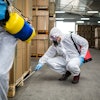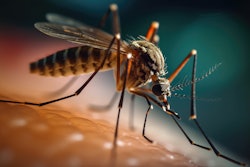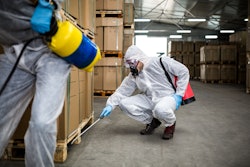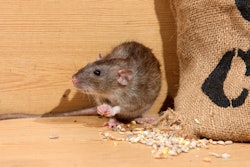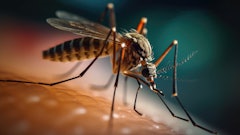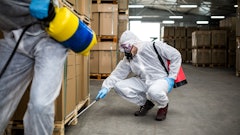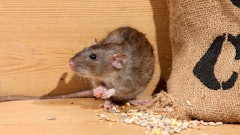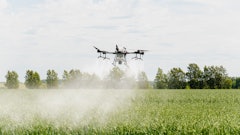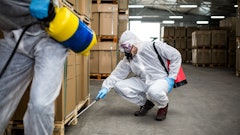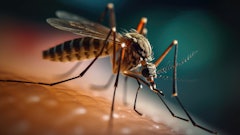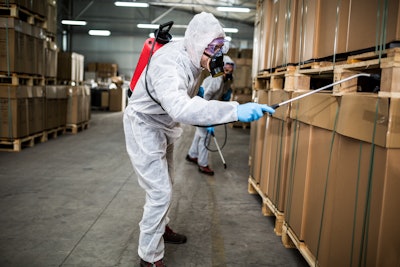
Foodservice and processing facilities face mounting challenges—labor shortages, supply chain disruptions, and evolving consumer demands. Amid these pressures, a quieter but growing threat often escapes notice until it’s too late: rodents.
According to Rentokil’s 2024 State of the Rodent Report, rodent activity surged nationwide, with roof rats increasingly appearing in urban centers. This spike is not random—it’s driven by environmental and structural factors that make modern facilities more vulnerable than ever. For operators, understanding these trends and taking proactive steps is critical to protecting food integrity and brand reputation.
The changing rodent landscape
Rodents have always posed a risk to food environments, but their behavior and population dynamics are evolving. Warmer winters extend breeding seasons, allowing populations to grow unchecked. At the same time, rapid urban development and fast-track construction can leave gaps and tiny openings that rodents exploit to gain entry.
From the floor to the ceiling, another species of rodent, known as the roof rat, is on the rise in urban environments. Unlike Norway rats, which prefer ground-level burrows, roof rats seek elevated spaces such as rafters, ceilings, and storage racks. This shift makes detection harder and increases contamination risks in areas where food is processed or stored. Their agility allows them to bypass traditional ground-level defenses, meaning operators must rethink pest-proofing strategies vertically as well as horizontally.
Seasonal trends also play a role. Historically, colder winters helped curb rodent populations, but milder conditions now allow rodents to breed year-round in some areas. Longer reproductive cycles mean larger populations, which in turn increases pressure on facilities to maintain airtight exclusion measures.
Regional hotspots and patterns
Data from the State of the Rodent Report highlights significant regional spikes. The Midwest and Southeast bore the brunt of rising activity, with states like Ohio (+275%), Kentucky (+160%), and Indiana (+242%) seeing triple-digit increases. The West also recorded major surges, with Nevada (+149%) and Utah (+150%) driving a 27% regional increase.
Why these regions? In the Midwest, rapid urban sprawl and aging infrastructure create ideal conditions for rodents to thrive. In the Southeast, extreme weather events and high humidity accelerate decay in building materials, opening new entry points. Meanwhile, drought conditions in the West push rodents closer to human environments in search of food and water. These trends underscore a critical reality: rodents adapt quickly to environmental stressors.
Why it matters for food safety and brand trust
Rodents aren’t just a nuisance; they’re a direct threat to food safety and compliance. They can contaminate surfaces and packaging with droppings and urine, spread pathogens, and damage equipment. Even a single sighting can trigger failed audits, recalls, and reputational damage that reverberates across the supply chain.
The financial impact is equally severe. Shutdowns disrupt production schedules, increase labor costs, and strain relationships with distributors and retailers. In an industry where margins are tight and consumer trust is paramount, the need for an integrated pest management program is critical.
Structural vulnerabilities: Where rodents get in
Modern building materials and construction practices often prioritize speed and cost over pest-proofing. Common vulnerabilities include:
● Cracks and crevices: Small openings of one-eighth of an inch are all some rodents need to quietly slip through the cracks and gain entry to a building.
● Dock levelers and loading bays: These high-traffic areas are notorious for overlooked gaps.
● Door sweeps and thresholds: Worn or improperly installed sweeps leave openings large enough for rodents to squeeze through.
● Utility penetrations: Unsealed conduits and pipes create hidden pathways into sensitive areas.
These weaknesses are often overlooked during routine maintenance, but they represent the front line in the battle against infestations.
Proactive steps: Exclusion as the first line of defense
The most effective strategy for preventing rodent infestations is exclusion, which involves physically blocking entry points before pests can gain access. Unlike reactive measures that rely on chemical treatments, exclusion offers a sustainable, long-term solution that aligns with food safety and environmental goals.
Regularly inspect for cracks, gaps, and other entry points, and use durable materials to seal them. Make sure exterior doors and loading docks fit tightly with proper sweeps and seals, and don’t overlook utility lines—pipes, vents, and conduits are common access routes that should be checked and secured frequently.
Exclusion and sustainability: A dual win
As part of a more holistic integrated pest management program, exclusion supports broader sustainability objectives. By reducing reliance on rodenticides and other chemicals, operators can minimize environmental impact and align with ESG goals. This approach also resonates with consumers and auditors who increasingly prioritize chemical-free solutions. In short, exclusion isn’t just a compliance measure; it’s a strategic investment in operational resilience and brand reputation.
Building a culture of prevention
Exclusion is most effective when integrated into a broader pest management program that includes:
● Regular inspections: Identify and address vulnerabilities before they become entry points.
● Waste management protocols: Keep dumpsters sealed and remove food waste promptly.
● Employee training: Educate staff on spotting signs of rodent activity and reporting issues quickly.
● Data-driven monitoring: Use trend analysis to anticipate seasonal spikes and adjust strategies accordingly.
By embedding these practices into daily operations, food operators can shift from a reactive posture to a proactive one, reducing risk, protecting brand trust, and ensuring compliance.
The bottom line
Rodent activity is rising, and the factors driving this trend, such as climate change, urbanization, and construction practices, aren’t going away. For foodservice and processing facilities, the question isn’t if rodents will pose a threat, but when. However, with a robust exclusion strategy and a culture of prevention, operators can stay ahead of the curve, safeguard food integrity, and maintain the trust that keeps their businesses thriving.

